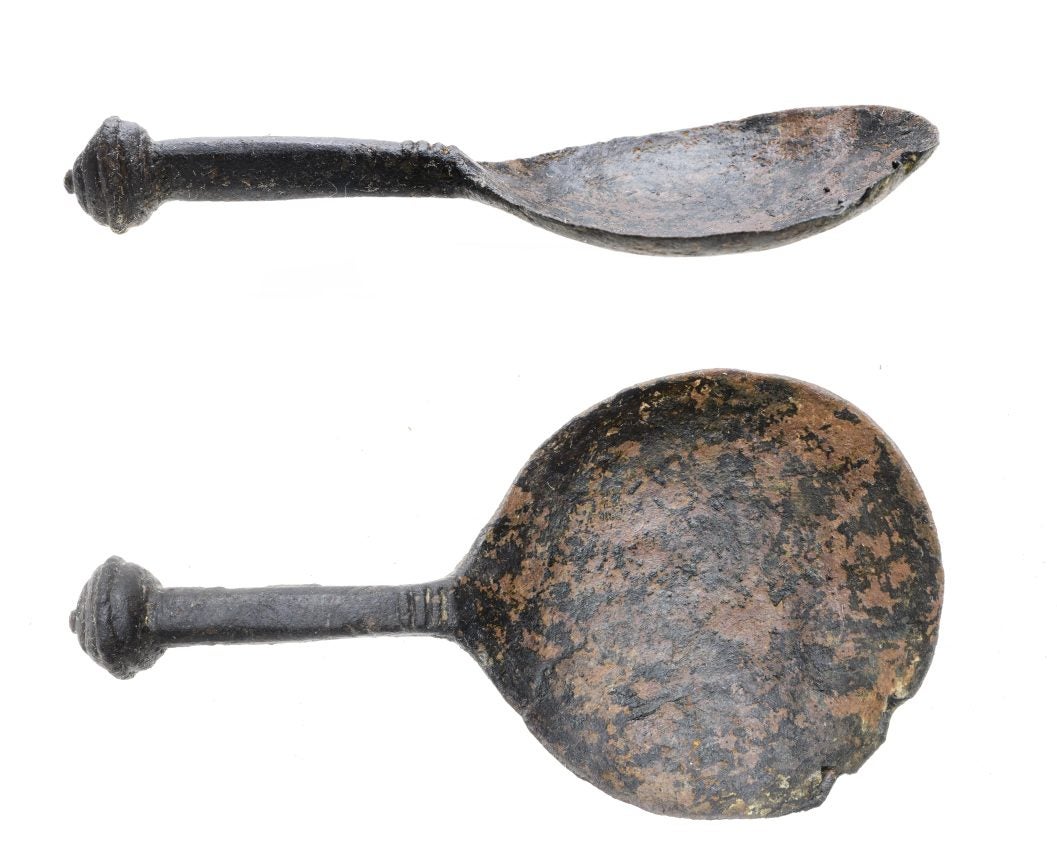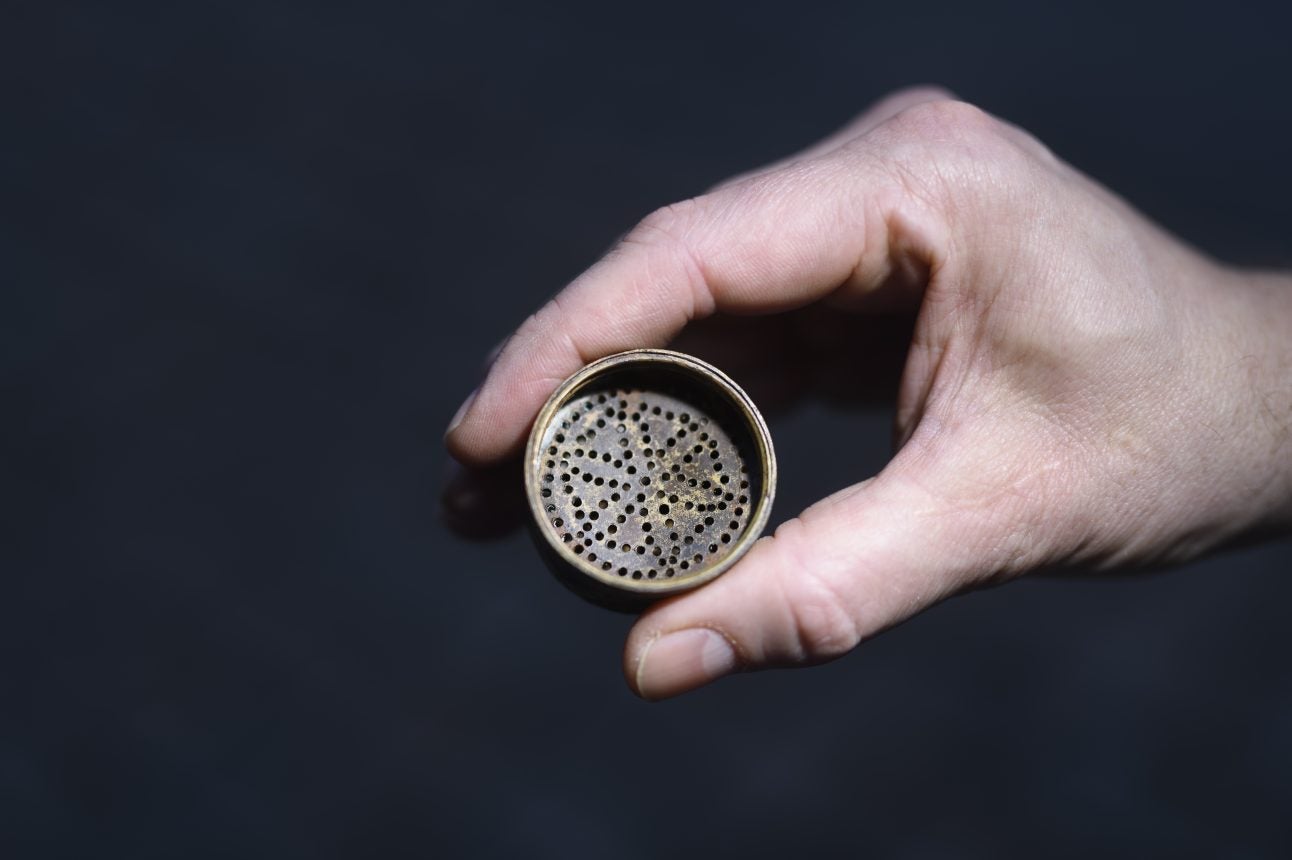ARTICLE AD BOX
A strange dagger with testicle-shaped orbs unearthed at a medieval Swedish fortress likely offered additional force for its wielder to damage opponents’ armour, archaeologists say.
The 15th-century weapon dubbed the “testicle dagger” was discovered during excavation work at the medieval Gullberg fortress in Gothenburg, along with several other artefacts, including crossbow arrows, cannonballs, and cookware.
Archaeological surveys have been underway at the fortress – renamedWestgötha Leijon – since 2014 due to the need for a new train station along Sweden’s Västlänken line.
Until now, excavations at the site have unearthed remnants of medieval houses, walls, a fortress gate, a well as a tower basement dating to between the 14th and 17th centuries.
Some parts of the construction used stone and brick, while others appear to be built of earthen ramparts and timber, researchers say.
The early fortresses were likely built as a counter defence against the nearby Danish-Norwegian castles on Hisingen, and when the Danes controlled Älvsborg Castle, they say.
“We didn't think there would be as much left as there was,” said archaeologist Anders Altner from the State Historical Museum.

Several new artefacts uncovered so far include cannons, pistols, a limestone sundial, beer taps, a soup spoon, as well as a unique palm-sized perforated “sand spreader” canister used to sprinkle sand over new documents to soak up excess ink.
One of the most unique objects found at the site was what researchers are calling a “testicle dagger” due to its overall phallic design with a penis-shaped pommel and two decorative orbs above the grip.
While the dagger’s iron blade is broken, its wooden hilt made of curly birch remains in excellent condition.

Experts suggest it was worn by its owner “in a manner befitting its suggestive shape”.
They suspect the unique pommel would have offered a better grip and additional force to damage the opponent’s armour.
The latest report reveals insights into life inside the fortresses, including what was consumed on Gullberg via analyses of ceramics, some imported, and others manufactured in Sweden.

Artefacts unearthed at the site help tell the story of Gullberg, which originally functioned as a border fortress.
Then, further defensive installations have been made on the site right up until the 19th century, and preserved sections of the wall can still be seen along the mountain, researchers say.
Some of the objects, such as crossbow arrows dating to the 15th century and cannonballs from the 17th century, “testify to troubled times,” they say.









 English (US) ·
English (US) ·